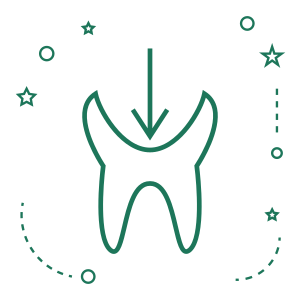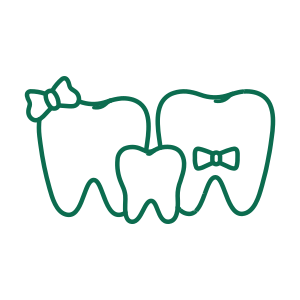![This is a thumbnail image of blog Discover the History of Veneers with Your Cosmetic Dentist in Green Lake This is a thumbnail image of blog Discover the History of Veneers with Your Cosmetic Dentist in Green Lake]()
Discover the History of Veneers with Your Cosmetic Dentist in Green Lake
Aug 10, 2020![This is a thumbnail image of blog Why Do Dental Implants Fail? This is a thumbnail image of blog Why Do Dental Implants Fail?]()
Why Do Dental Implants Fail?
Feb 28, 2021![This is a thumbnail image of blog Dentist in Green Lake Caters to Young Smiles This is a thumbnail image of blog Dentist in Green Lake Caters to Young Smiles]()
Dentist in Green Lake Caters to Young Smiles
Dec 13, 2020![This is a thumbnail image of blog Cosmetic Dentistry Unveiled: How It Enhances Oral Health and Functionality This is a thumbnail image of blog Cosmetic Dentistry Unveiled: How It Enhances Oral Health and Functionality]()
Cosmetic Dentistry Unveiled: How It Enhances Oral Health and Functionality
Feb 06, 2025![Dental Implants in Seattle, WA Dental Implants in Seattle, WA]()
Is Dental Implant Surgery Right for You? Unveiling the Qualities of an Ideal Candidate
Feb 14, 2024

What Are the Causes of Gum Disease?
The bacteria in your mouth feed on any sugar or starch you eat and then release acid as a byproduct of their digestion. This acid attacks and breaks down the enamel on your teeth. Over time, the bacteria will eat away at your gums and bone structure. When enough tissue has been destroyed, teeth become loose and eventually fall out. This is why it’s so important to visit the dentist regularly and have your teeth cleaned professionally. Professional cleanings remove plaque buildup from areas you can’t reach home.
Here are the risk factors that contribute to gum disease:
Poor Oral Hygiene
Brushing your teeth twice each day, flossing between teeth at least once per day, and visiting your dentist for checkups every six months will help keep gum disease at bay. However, if your oral hygiene habits are poor, you can still develop gum disease. For instance, if food particles are not brushed out of the mouth, they can cause bacterial growth in the mouth. Food particles can also cause inflammation of the gums if not removed with brushing or flossing.
Tobacco Use
Smoking cigarettes or using other tobacco products can lead to gum disease and tooth decay. These products contain a harmful substance called nicotine, which irritates the gum tissue and causes it to separate from your teeth. Teeth become loose and begin to shift in your mouth as well. Additionally, smokeless tobacco can cause damage to your gums as well as the bone tissue that keeps them in place. If you’re struggling to break your addiction to tobacco, ask your dentist for advice on how to kick the habit for good.
Genetics
Sadly, sometimes gum disease just seems to be a fact of life for you or your family. You may be more susceptible to periodontal disease due to genetics. If this is the case, be sure to keep up with your regular cleanings and exams to help protect your smile from disease.
If you do not have a family history of gum disease, it’s important to continue your proactive oral care routine at home and to visit the dentist at least twice a year. Early detection and treatment are key to protecting your oral health!
Hormones
Hormonal changes can cause gum disease, as can stress. An imbalance of the hormones progesterone and estrogen, which occur during a woman’s menstrual cycle or during pregnancy, can lead to gingivitis and periodontitis – the more severe forms of gum disease.
Stress can also cause hormonal changes in your body and lead to gum inflammation. You may notice your gums bleeding more when you brush or floss your teeth when you’re under a lot of stress.
Medications
Certain medications can also contribute to gum disease, especially if they’re taken for long periods of time. Medications for diabetes, high blood pressure, high cholesterol, antidepressants, and anticonvulsants can all increase your risk for gum disease. Talk to your dentist about which medications you take on a regular basis and what you can do to prevent and treat gum disease.
Please feel free to contact our office at (206) 363-4300 today for more information. You can also visit us at 10004 Aurora Ave N Suite 14, Seattle, WA 98133. We look forward to meeting you!
Office Hours
MON9:00 am - 5:00 pm
FRI8:00 am - 5:00 pm
SAT - SUNClosed





















comments